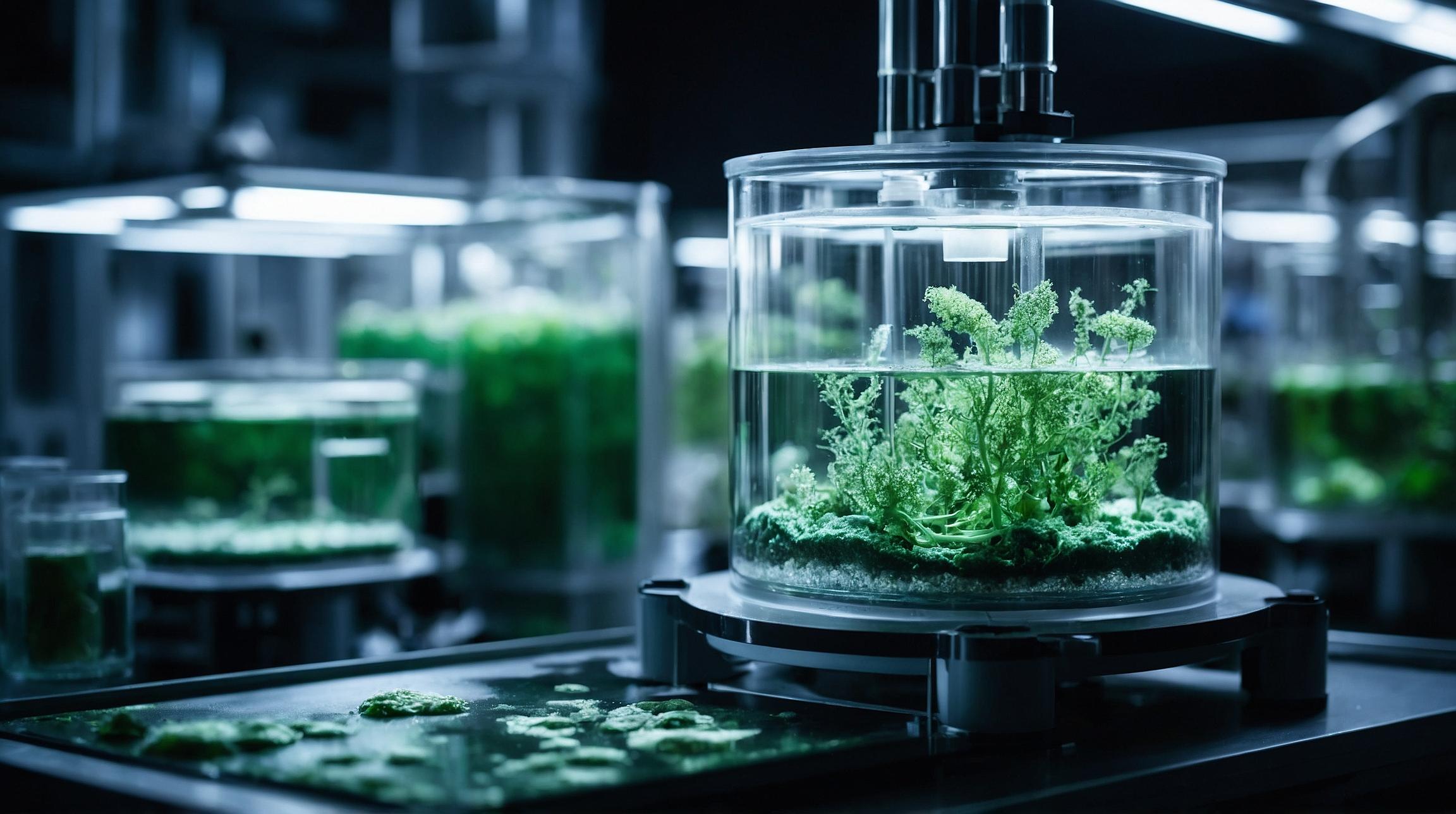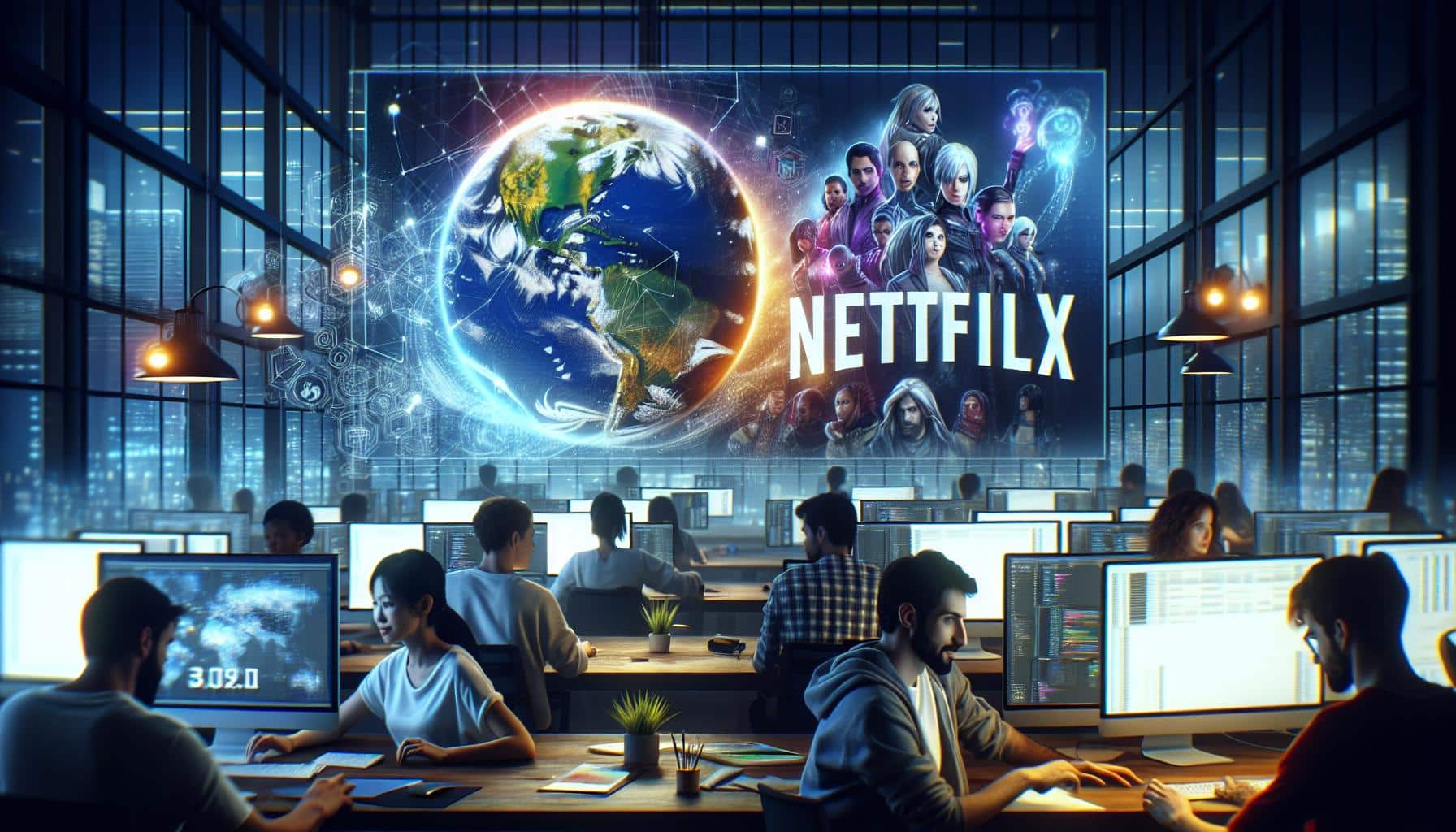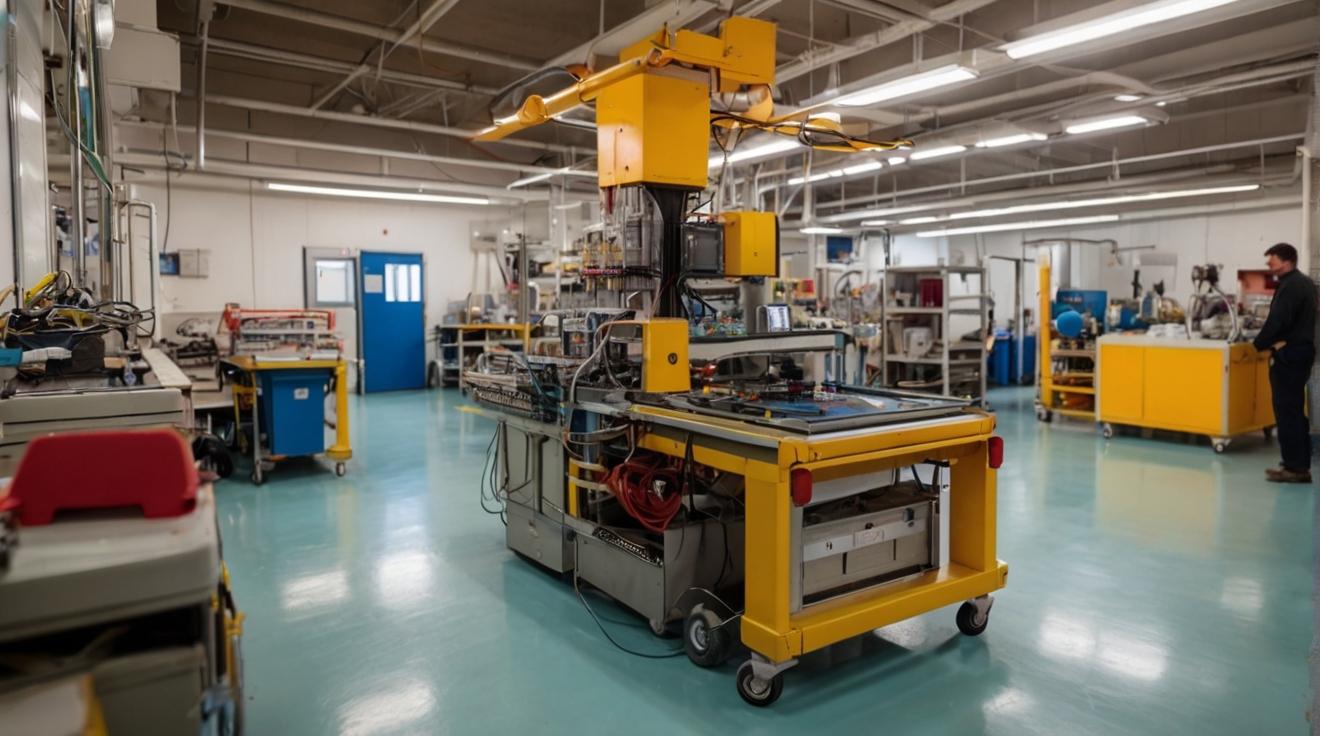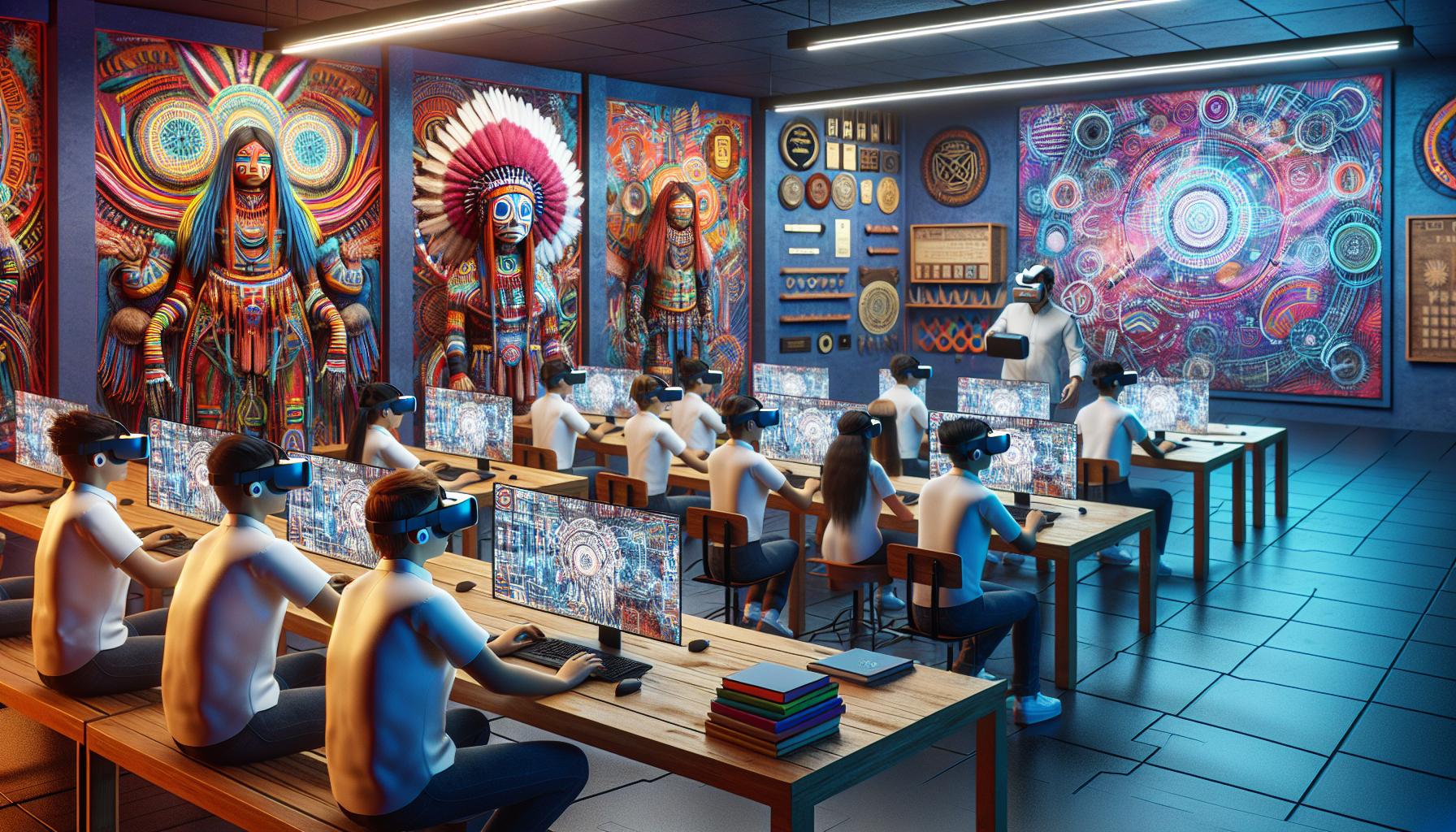Utilization of Plastic Waste through Microbial Conversion
In recent years, the U.S. Department of Defense has been exploring groundbreaking methods to transform plastic waste into consumable food using plastic-eating microbes. This initiative, spearheaded by the Defense Advanced Research Projects Agency (DARPA), aims to address the plastic waste problem in military and disaster zones by turning plastics like food wrappers and water bottles into usable resources such as fuel and food.
The Science Behind Microbial Conversion
This process begins with pyrolysis, a method that heats plastics without oxygen, breaking them down into simpler compounds. Different plastics are processed to create either fuels or food-grade materials. For instance, PET from water bottles is treated with ammonium hydroxide and then consumed by microbes in a reactor. These microbes, after digesting the plastic, are dried into a powder rich in proteins, carbohydrates, and fats.
Addressing Plastic Waste: A Global Concern
Globally, over 440 million tons of plastic waste are generated annually, with much ending up in oceans or landfills, harming wildlife. While recycling and reduced production are common solutions, microbial conversion offers a novel approach, turning waste into a resource. Testing and regulatory steps are underway to ensure the safety of these microbes for human consumption.
Potential for Human Consumption
Despite the innovation, using these microbes as food poses challenges, including overcoming the "ick factor". Currently safe microbes include those found in fermented foods, but plastic-degrading varieties are not yet common. Researchers are conducting toxicity tests and animal trials to ensure safety before approaching the Food and Drug Administration for approval.
Beyond Military Use: Global Implications
Beyond military applications, this technology could revolutionize food production, especially in areas where conventional farming is impractical. Microbial food production uses less land and water, offering a sustainable alternative as the global population rises.
Conclusion
While turning plastic into food might seem futuristic, the ongoing research and development by DARPA and other entities across the globe could provide a viable solution to both plastic waste and food scarcity, particularly in remote areas or during emergencies. Overcoming public perception and regulatory hurdles remains key to making this innovative solution a reality.













